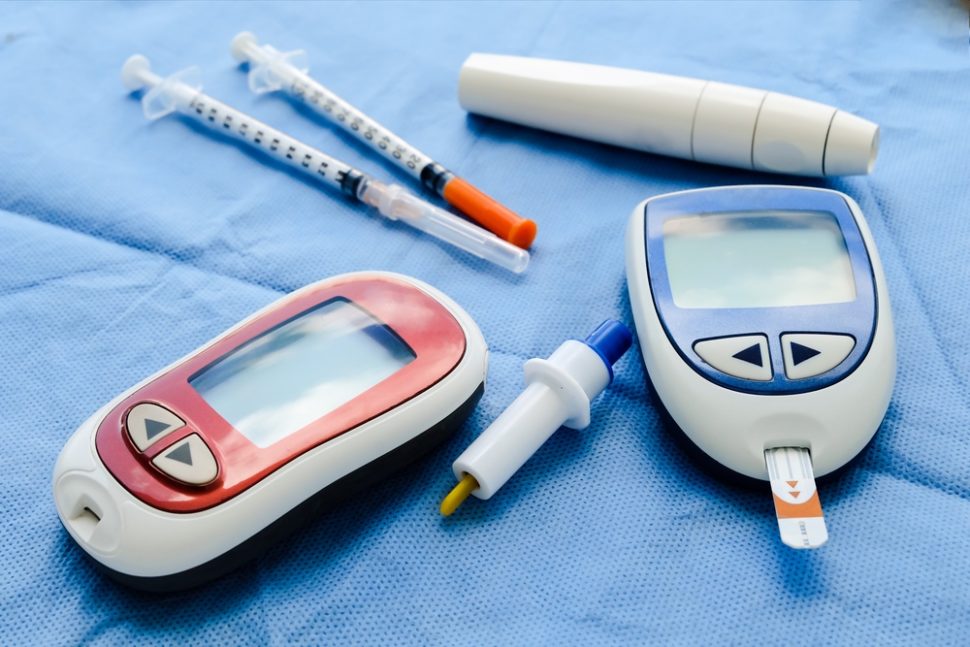Healthcare prices in the U.S are taking the use of some treatments out of the hands of low-income families. Now, open source healthcare is giving them a second chance.
Last year, we wrote about Alabama-born Dana Lewis, a patient with type 1 diabetes who made a continuous glucose monitoring (CGM) system for herself on her own.
The Artificial Pancreas System Dana created consists of a CGM device, an insulin pump, and software to automatically adjust her blood sugar even when she’s asleep, which was her first motive.
Dana could have kept her creation to herself or tried to make a buck off of it, but no.
Through her #DIYPS foundation (Do-It-Yourself Pancreas System), she gave it as a gift to the world so other TD1 patients benefit from it.
Read More: Manage Type 1 Diabetes With Lifesaving Open Source Software
The Rise of Open Source Healthcare
Dana Lewis’ story is far from being a rarity. The diabetes industry is one of the worst offenders for overcharging or price gouging medication and equipment for patients. This is leading many individuals to take the same path as Dana Lewis.
Open source platforms like OpenAPS, GitHub pages, and social media offer DIYers step-by-step instructions on how to build their own artificial pancreas tools.
Kate Farnsworth built a DIY monitor device that keeps blood sugar levels of her diabetic daughter in constant check
This tool, that has dramatically improved the life of a 15-year-old Sydney, cost her mom just $250.
“I’m really happy with where I am now,” said Sydney. “It’s so simple to just click a button and give insulin while I’m on my phone.” And for Kate to add, “It has totally changed the way we manage diabetes.”
Around the world, per Bloomberg, there could be as many as 2,000 people who have used an artificial pancreas system built using open source healthcare resources.
The Old Guard of the Diabetes Industry Aren’t Happy
Now worth over $8 billion, the diabetes devices global market is forecast to exceed $35 billion by 2024 and is dominated by a couple of companies including the leader, Medtronic.
It goes without saying that this industry growth will lead to an increase in prices for patients. With the shift of many towards open source healthcare, some industry leaders are beginning to go on their own PR offensive.
“You’ve got a group that is circumventing all of the controls that are in place,” says the president of the diabetes group at Medtronic Plc, “I can show you what a few of our engineers have put together over a weekend, and it would blow you away. But we don’t call that a finished product. We call that a prototype.”
The U.S. Food and Drug Administration (FDA) can’t approve such home-built medical devices, and that puts some pressure on diabetes patients and the people that care about them.
They can’t exclude the threat of a malfunction when even FDA-approved devices that took years and legions of engineers to develop are known to do the same.
But it all comes down to the high cost of mainstream CGM devices. If most diabetic patients could afford them, they wouldn’t chase open source healthcare builds in the first place.
CGM devices come with an upfront price of about $2,500. Then, patients have to sustain the financial burden of total health care (like insulin) that amounts to $9,000 over six-months. So, it isn’t like DIY artificial pancreas will make all the problems of type 1 diabetes disappear, but open source healthcare solutions can ease the burden slightly.



















Good healthcare. I was diagnosed with type 2 Diabetes and put on Metformin on June 26th, 2017. I started the some diet and followed it 100% for a few weeks and could not get my blood sugar to go below 140. Finally i began to panic and called my doctor, he told me to get used to it. He said I would be on metformin my whole life and eventually insulin. At that point i knew something wasn’t right and began to do a lot of research. Then I found Ella’s diabetes story (google ” How Ella freed diabetes ” ) I read that article from end to end because everything the writer was saying made absolute sense. I started the diet that day and the next week my blood sugar was down to 100 and now i have a fasting blood sugar between Mid 70’s and the 80’s. My doctor took me off the metformin after just three week of being on this lifestyle change. I have lost over 16 pounds and 3+ inches around my waist in a month. The truth is we can get off the drugs and help myself by trying natural methods